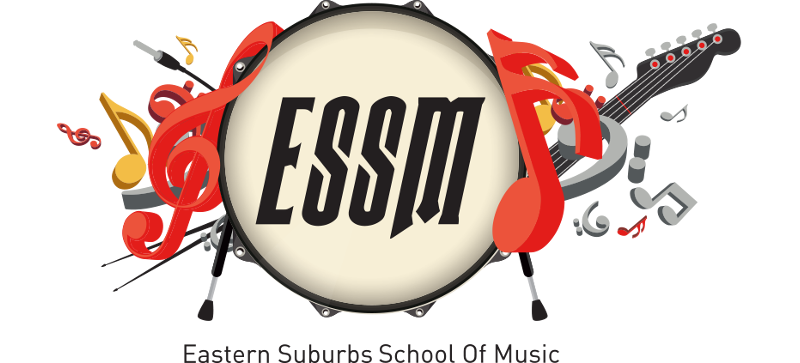Grade 3 ANZCA Guitar Exam
This grade level sees a larger amount of material to be learned. Students need to maintain their skills learned in previous exams as many of the chords are resisted. This level introduces barre chords in the Technical work. Here is the required information students need to cover in preparing for the Grade 3 ANZCA Guitar exam.
Technical Work – Grade 3 – 20 marks
Scales – C major and D major from 5th string, G major and A Major from 6th string, E major open position, E and G harmonic minor open position, A minor pentatonic played as alternate or double picking. To learn these scales watch our video tutorials below.
Chords – C, G, D, A, E, F, G7, D7, A7, E7, Am, Em, Dm, B7, C7, G barre chord 6th string, G7 barre chord from 6th string, Gm barre chord, transpose barre chords to F and A positions. To learn these chords watch our tutorial videos below.
-

-
6th string barre chords
-
Watch Video
-
-

-
5th string barre chords
-
Watch Video
-
-

-
F chord
-
Watch Video
-
-

-
A chord
-
Watch Video
-
-

-
G Chord
-
Watch Video
-
-

-
C chord
-
Watch Video
-
-

-
E chord
-
Watch Video
-
-

-
D chord
-
Watch Video
-
-

-
A minor chord
-
Watch Video
-
-

-
E minor chord
-
Watch Video
-
-

-
D minor chord
-
Watch Video
-
-

-
A7 chord
-
Watch Video
-
-

-
B7 chord
-
Watch Video
-
-

-
G7 chord
-
Watch Video
-
-

-
C7 chord
-
Watch Video
-
-

-
E7 chord
-
Watch Video
-
Arpeggios – C and D Major from 5th string, G and A major from 6th string, E major, E minor G minor.
Turnaround Progression – three rhythm patterns based on Rock, Swing and Latin strumming styles.
Songs – Grade 3 – 18 marks each
List A – Big Pop Gun.
List B – Morning Has Broken.
List C – Kon Tiki.
Sight Reading – Grade 3 – 10 marks
The passage will be eight bars in length, 4/4 or ¾ time, key of C, G, F major or A and D minor.
General Knowledge – Grade 3 – 8 marks
- Knowledge of all notes, rests and markings seen in the songs played.
- Function of a dot after the note.
- Name of composer of tune if indicated.
- Full description of time signatures.
- Knowledge of the key of each piece.
- Knowledge of the metronome speed if indicated.
- Knowledge of notes on 5th fret from low strings to high.
Aural Test – Grade 3 – 8 marks
- Clap a 4 bar rhythm pattern in 4/4 or 6/8 time.
- Examiner plays a 4 bar passage, student claps the rhythm in 4/4, ¾, 2/4 or 6/8.
- Student states the interval of major 2nd, minor 3rd, major 3rd, perfect 4th, perfect 5th , major 6th, major 7th or octave played by examiner.
- Student states whether examiner plays a major or minor arpeggio.






 0421 705 150
0421 705 150



















